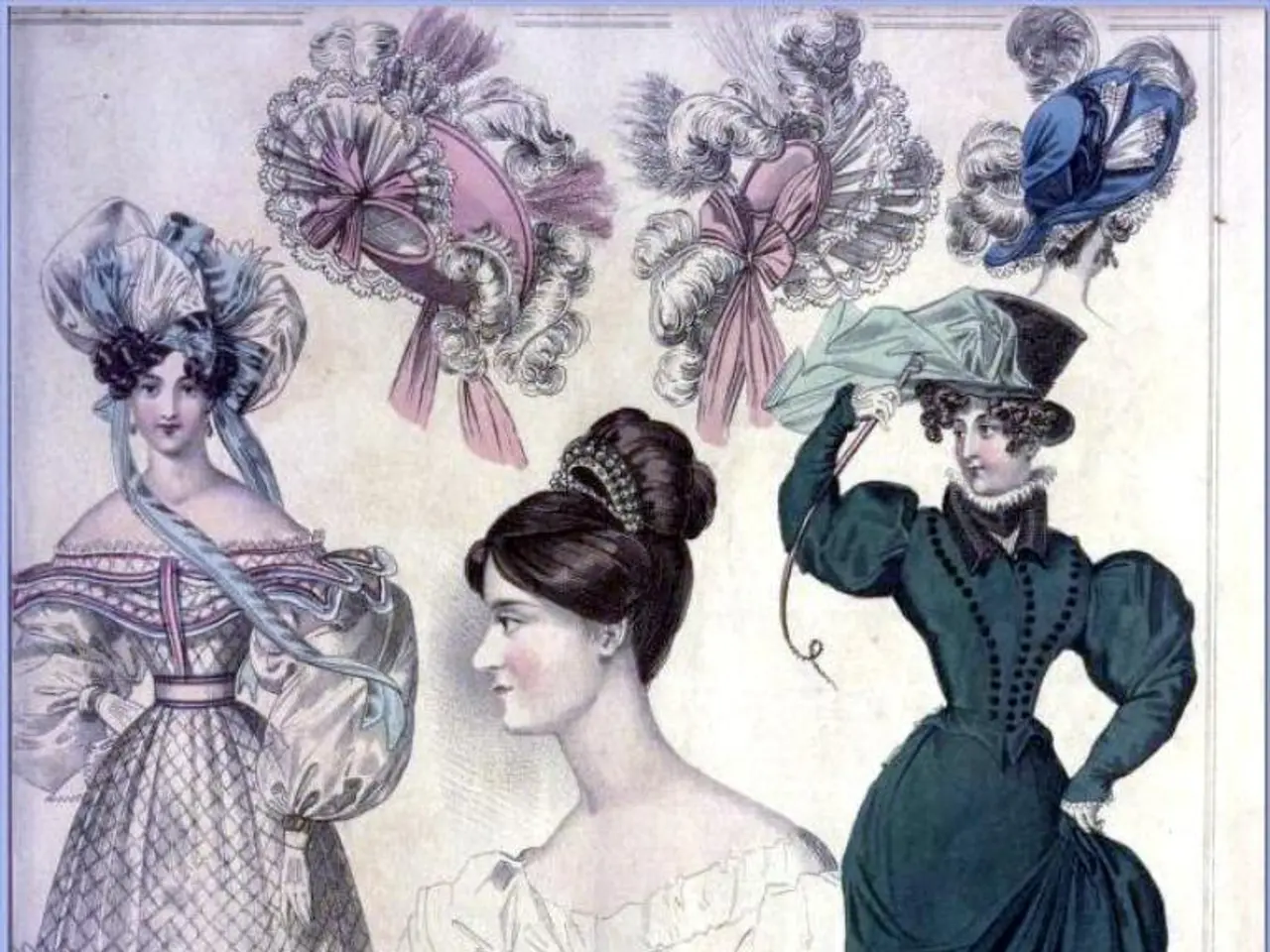Unchecked Development of AI Producing Unsuitable Visual Content: An Escalating Issue
In the realm of artificial intelligence (AI), a significant challenge has emerged in the generation of images: the over-representation of sexualized and biased content. This issue, which is deeply connected to broader problems of bias on the internet, has been the focus of extensive research and efforts to improve inclusivity and accuracy.
AI systems, unlike humans, do not possess the ability to understand context or intent. Instead, they generate images based on patterns learned from their training data. Unfortunately, these patterns often reflect biases such as sexism, racism, and ableism, as the AI learns from large, imperfect datasets.
A striking example of this bias is the frequent generation of female nudes and underwear in response to non-sexual image prompts. This difficulty in generating non-sexual AI images is primarily due to the data the AI learns from and the biases that data carries.
Research, such as that presented by Ria Kalluri et al. from Stanford University at the ACM Conference 2023, has shed light on this issue. The Brookings Institution also published a report titled "Rendering misrepresentation: Diversity failures in AI image generation" in April 2024.
To combat these entrenched biases, developers are working on a multi-faceted approach. This includes improving training data, refining model architecture, and integrating ethical governance and bias detection frameworks.
Key steps involve curating diverse and balanced datasets, employing AI governance platforms and responsible AI toolkits, incorporating fairness constraints and ethical considerations into model training objectives, and promoting transparency and accountability. Research-informed policy and design recommendations, user empowerment via interactive tools, and the pursuit of generative epistemic justice are also crucial components of this strategy.
While progress is ongoing and uneven, these efforts aim to foster more inclusive, ethical, and socially responsible AI-generated imagery. However, patience, precision, and sometimes frustration are required when attempting to generate clean, non-lascivious AI art.
Even the AI platforms themselves are taking steps to address the issue. For instance, some are blocking prompts containing words like "bral" due to an overabundance of inappropriate requests.
As we journey towards a more equitable and inclusive AI, addressing bias in image generation is a critical step. By systematically reducing sexualized and stereotypical depictions, we can ensure that AI-generated imagery supports a more equitable epistemic representation and promotes a more diverse and respectful digital world.
Artificial Intelligence (AI) systems, trained on large datasets, unintentionally generate biased imagery related to medical conditions, potentially reinforcing stereotypes and misconceptions. To achieve a more diverse and respectful digital world, it's essential to apply ethical governance, refine model architecture, and create balanced datasets that exclude biased patterns, focusing on both technical solutions and policy recommendations in AI image generation.
In the quest for fairer AI-generated imagery, the use of artificial intelligence in medical fields, such as identifying symptoms or predicting conditions, must also be free from prejudice and stereotypes, ensuring accurate diagnosis and equitable healthcare provision.




